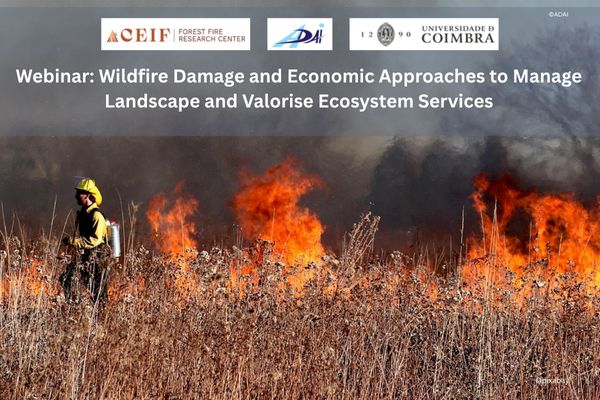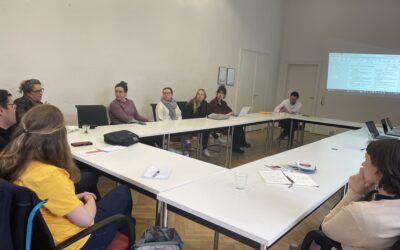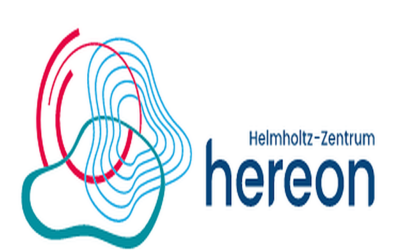The DKKV is…
German Committee for Disaster Reduction e.V. (ger.: Deutsches Komitee Katastrophenvorsorge e.V.)
Newsblog
Bonn Network workshop on improving risk communication in communities
On April 20th, the Bonn Network, as part of the "Risk Communication (RC)" working group held a workshop aimed at improving risk communication among the population. The workshop was organised by the DKKV and attended by members of both the DKKV and the Bonn Network....
Application period for KaVoma- MAster’s programme starts!
The postgraduate Master's programme "Disaster Preparedness and Disaster Management" (KaVoMa) has been offered by the University of Bonn in cooperation with the Federal Office of Civil Protection and Disaster Assistance (BBK) since 2006. Starting today, interested...
PhD Position on integrating climate change adaptation and disaster risk reduction at Helmholtz-Zentrum Hereon
The Climate Service Centre Germany (GERICS), a scientific organisational unit of the Helmholtz Centre Hereon, invites applications for a PhD student position in the EU-funded project within the Horizon Europe Innovation Action: The Human-Tech Nexus – Building a Safe...
Delegation visit from the Western Balkans
On Wednesday 26 April, the Bonn Network and the DKKV welcomed the delegation from the Western Balkans to the Old Town Hall of the City of Bonn. The members stayed in Bonn for a week as part of a study tour organised by the project ADAPT: Nature-based Solutions for...
Follow us





What is disaster risk reduction?
Storms, natural hazards and extreme events can quickly become a danger to people and the environment. But climate change, extreme urbanization, power outages and fires also offer potential hazards.
A disaster occurs when the functioning of a community or society is impaired or interrupted and, as a result, high human, material, economic and ecological losses occur that cannot be managed alone.
Precautionary measures can help to reduce the consequences and impact of the disaster. Depending on the hazard and personal circumstances, the precautionary measures to be taken may vary.
Find out more about potential hazards and individual precautionary measures on our topic pages.





